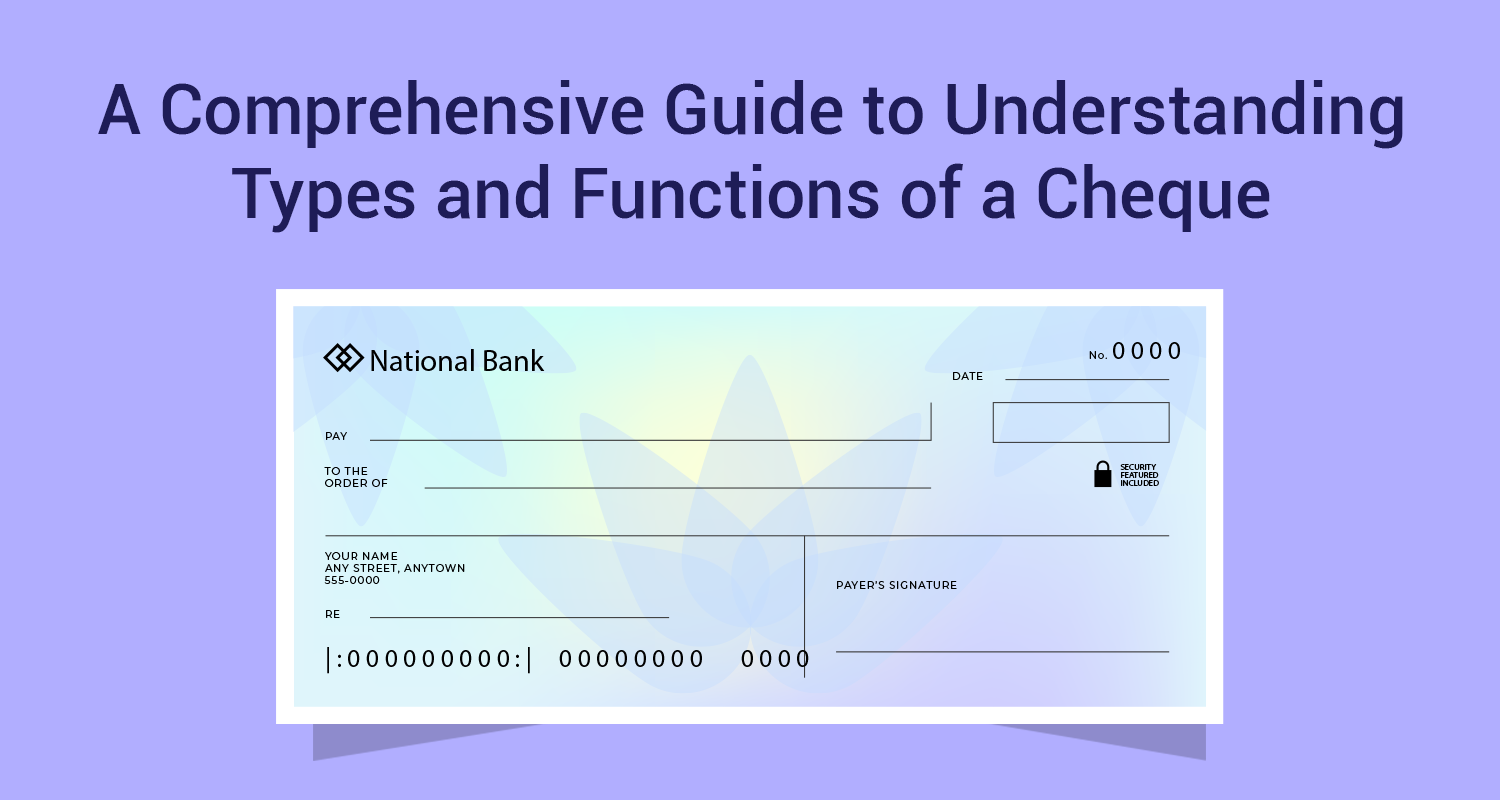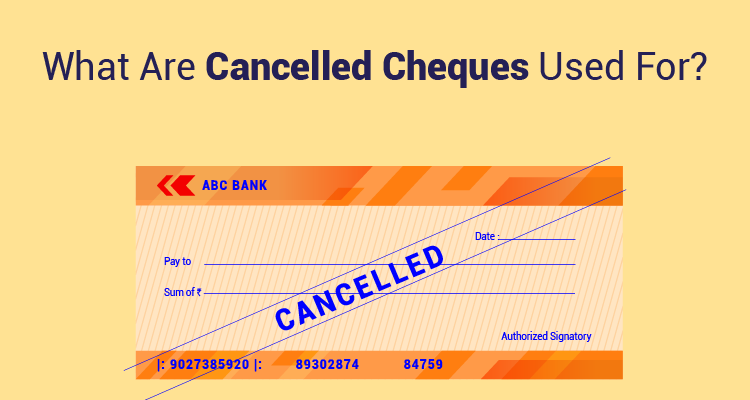3 Important Tips to Make the Most of Closed Ended Funds

In the Indian mutual fund industry, open ended funds have an obvious advantage over closed ended funds. Open ended funds are available for sale and redemption at any point of time at a marginal variation from the NAV. That is not the case with closed ended funds. Typically closed ended funds will only be open for subscription for a fixed interval and then it only provides liquidity through listing. But, that comes at a huge cost because closed ended equity funds tend to quote at a substantial discount to the NAV. But did you know that closed ended funds can actually add a lot of value in certain specific circumstances. Here 4 tips where you can actually use closed ended funds for generating higher returns.
Where you have a long term view on financial planning
Assume that you want to plan for your daughterâs higher education that is due 12 years from now. You also want to ensure that you do not touch these funds under any circumstances as it would affect your daughterâs career aspirations. What is the best that you can do? Look for a closed ended fund with a maturity of around 10 years. That entails a compulsory lock-in period of 10 years for your funds. Unlike an open-ended fund, the manager of a closed ended fund does not have to worry about inflows and outflows. Open ended fund managers have two dilemmas. Firstly, they need to find investment opportunities for inflows. Secondly, they need to keep cash available for outflows. A closed ended fund does not have either of these problems. The fund manager is able to take a really long term approach in this case. For example, an investment of Rs.20 lakhs in a closed ended equity fund for 10 years yielding 15% per annum can grow your corpus to Rs.81 lakhs in 10 years. You can then hold the money in liquid funds for 2 years to ensure that the funds are safely available for you daughter when she is ready to go to college. You have to be very clear in this case that you will not touch the investments under any circumstances.
If you are looking at short to medium term debt-lock in
Let us assume that you have to take possession of your apartment after 3 years. At that time you will have to shell out 15% of the margin money to pay the builder. What you can do is to opt for a 3 year FMP. A Fixed Maturity Plan (FMP) will fit into your needed for two reasons. Firstly, it is a closed ended fund so your fund performance will not have any volatility due to inflows and redemptions. Secondly, the fund manager can buy securities in the market which precisely match the maturity of your FMP. So a 3 year FMP will buy bonds and securities that have a residual term to maturity of 2 years. This will not only give you something akin to an assured return but also protect you from any form of interest rate risk. Considering your know liability after 3 years, a closed ended FMP can be perfect for you.
Double indexation can be built into closed ended funds
This is more applicable in case of closed ended debt funds where the fund manager can design the issue date and the periodicity in such a way that you get the maximum tax benefit. Let us understand how the double indexation benefit works in case of closed ended debt funds.
The big benefit of the below illustration comes from double indexation. By just holding for 10 days more than 3 years, you get the benefit of dual indexation which sharply enhances your post tax gains.
|
FMP Investment |
Amount |
Tax Indexation |
Amount |
|
FMP Issue Date |
March 25th 2015 |
Purchase Value |
Rs.10,00,000 |
|
FMP Purchase Price |
Rs.100 |
Index Value 2014-15 |
240 |
|
Purchase units |
10,000 |
Index Value 2018-19 |
280 |
|
Purchase Value |
Rs.10,00,000 |
Index Factor (280/240) |
1.1667 |
|
FMP Redemption |
April 04, 2018 |
Indexed Cost of buying |
Rs.11,66,700 |
|
FMP Tenure |
1,107 days |
Indexed Capital Gain |
Rs.1,53,300 |
|
Redemption Value |
Rs.13,20,000 |
Tax at 20% (B) |
Rs.30,660 |
|
Capital Gains (A) |
Rs.3,20,000 |
Post Tax LTCG (A-B) |
Rs.2,89,340 |
|
The actual tax impact due to indexation falls to 9.58% |
|||
Disclaimer : The information in this blog is for general purposes only and may change without notice. It does not constitute legal, tax, or financial advice. Readers should seek professional guidance and make decisions at their own discretion. IIFL Finance is not liable for any reliance on this content. Read more



